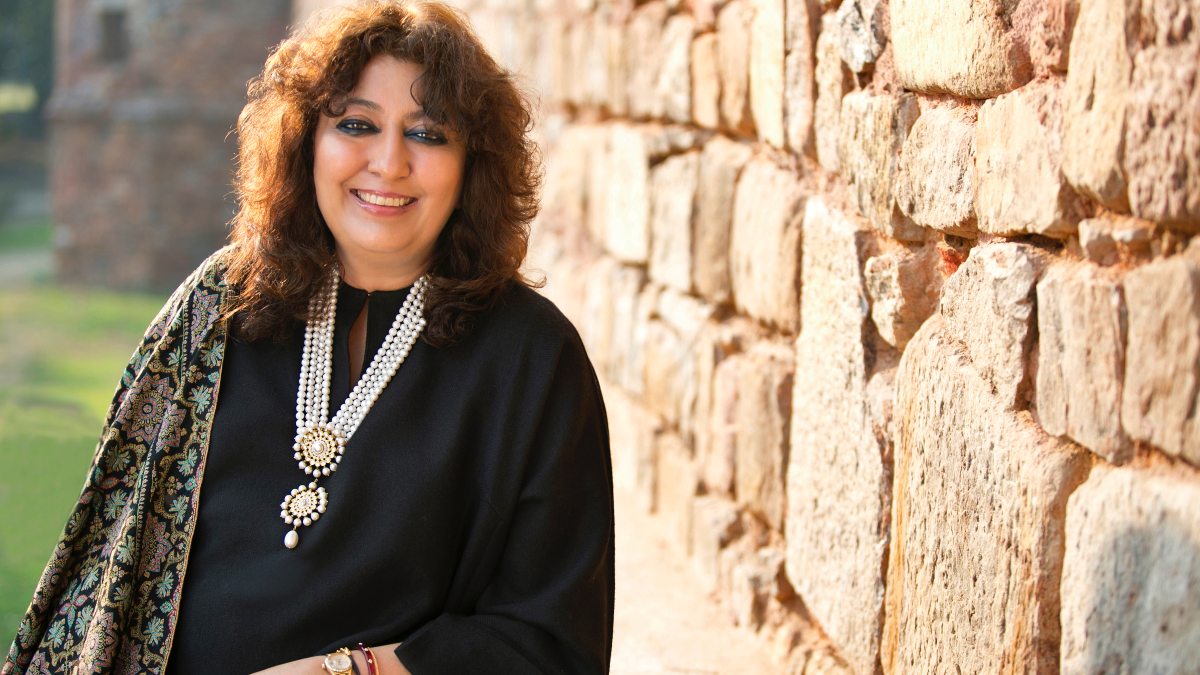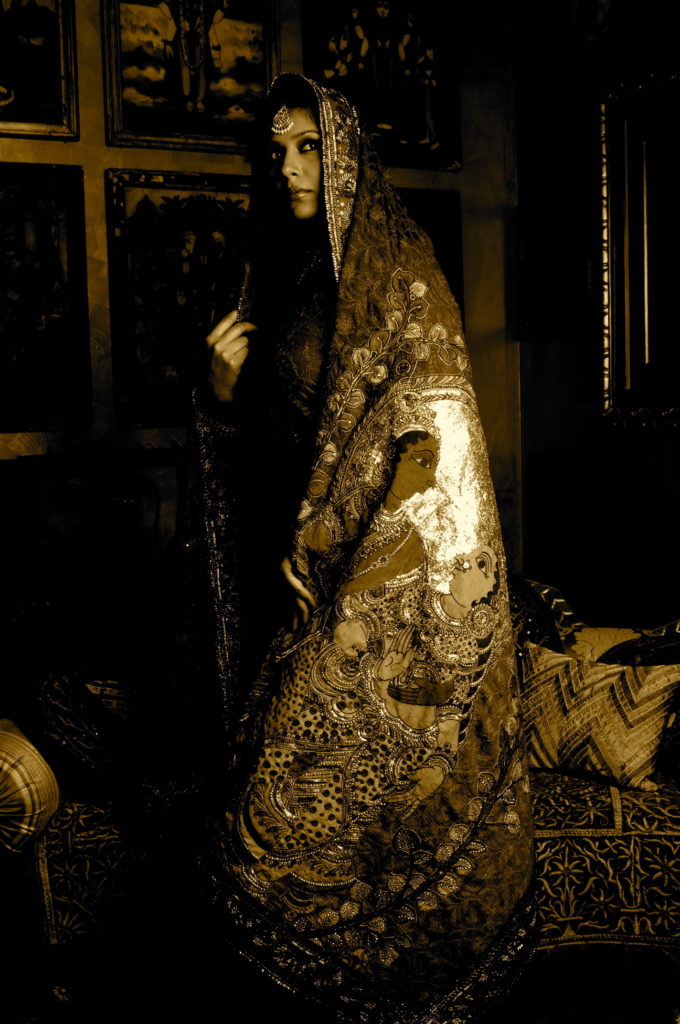
Madhu Jain has turned 60, much in quarantine, and a tad bit worried of the bleak future for luxury. “Especially handmade luxury which will be lowest in the list of priority of people who are without a job, or marginalised in their business.” But, this much-awarded craft revivalist feels the Indian handloom industry might look perched on shifty grounds in these pandemic times. “Rest assured, it will revive. And the looms will go clickety clack again. All we have to do is invest in weaves. I call it an investment because what our weavers create are heirlooms. Something we can gift our next generation,” she says. The paradigm of creating, selling and possessing will change, Jain feels, “to more affordable, wearable and easy, breathe textiles”. She adds, “Given that for the next one-year at least the weddings will get more intimate, celebrations will turn tiny and parties will be in groups of few. With most people working from home, comfort will be most important and our rich cottons will find a place in global markets also. What better textile to wear when you are working from your lounger?”
The other buzzword will be sustainable. “Covid-19 has taught the world an important lesson to respect mother earth and I feel the way forward for handlooms will be to look for sustainable weaves.” A journey she undertook nearly 10 years ago helped her discover Bamboo Silk Ikat, a textile she created and got awarded the Nari Shakti Puraskar. She chanced upon the bamboo textile, sustainable, natural, organic and ethereal. “Bamboo is found in abundance in India. It is biodegradable, has an ecological footprint, is UV protective, and has anti-bacterial properties,” she reminds. Thanks to her early experiments with bamboo yarn, she was instrumental in introducing bamboo as an alternative textile in India—which she formally introduced in 2004 at the 7th World Bamboo Congress—merging it with khadi, cotton, chanderi and wool. Subsequently, she was able to perfect the right quality of bamboo fibre to create Bamboo Silk Ikat, a discovery that will be hers for posterity. At World Cotton Day hosted at WTO, Geneva, in 2018, a selection of path-breaking Ikat weaves developed by Jain and her weavers over 32 years were showcased. She also won an Outstanding Achievement award by the Ministry of Textiles last year for exceptional contribution to the textile sector. Jain’s love for hand-weaves began way back in the late 1980s when she broke all the norms by hoisting handmade weave on the couture ramp.
The year was 1987 and the still emerging couture world was totally enamoured by fabrics imported from Italy. Jain turned the tide and stormed all bastions by placing her Ikat collection at a couture solo and instantly got christened India’s Ikat queen. “Of all the weaves, Ikat holds my heart. I have spent so many years in the dusty villages of Andhra Pradesh, working with loom maestros whom I taught how to create design with restrain, honed their colour palette, tweaked their motifs.” Her craft trajectory had her travel across the nation and abroad, miles beyond the land of Ikat, Andhra Pradesh, to nakshi kantha that she revived with BRAC, an NGO based in Bangladesh, also bringing back their muslin which had vanished post-Partition. She worked in Sindh with the nomadic clan, the Kalakshetra artists of Tamil Nadu and the Baluchari weavers of Bengal. She combined all these weave oeuvres while designing a mammoth tapestry representing the tree of life for the opening ceremony of the Commonwealth Games. Ready for life 2.0 postlockdown, Jain is upbeat as she says, “Indian artisans are resilient to tough times. They are artists in the real sense and will rejig their act with a bit of a nudge and support by people like us. Above all, it is important now for people like us to wear handlooms and not fall prey to powerlooms that are surreptitiously making their way into the market. Faking handlooms is a crime that must stop.”
